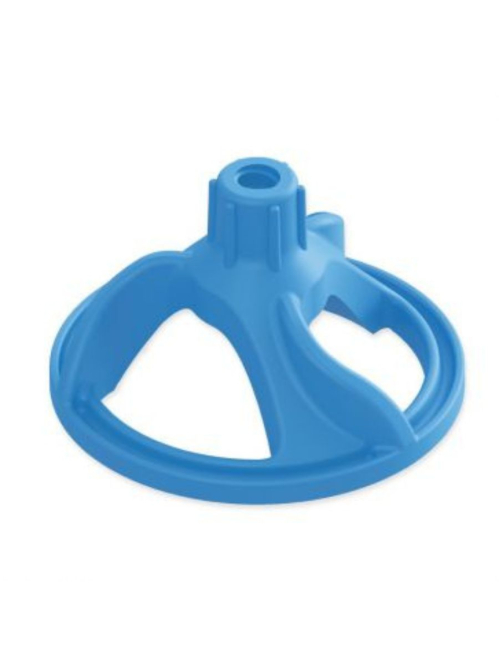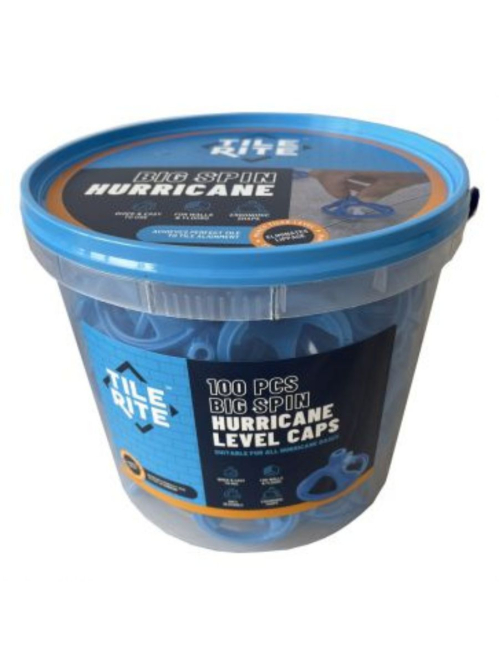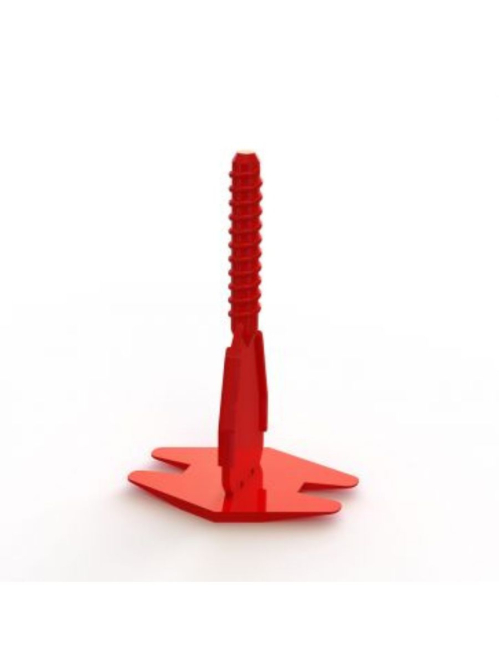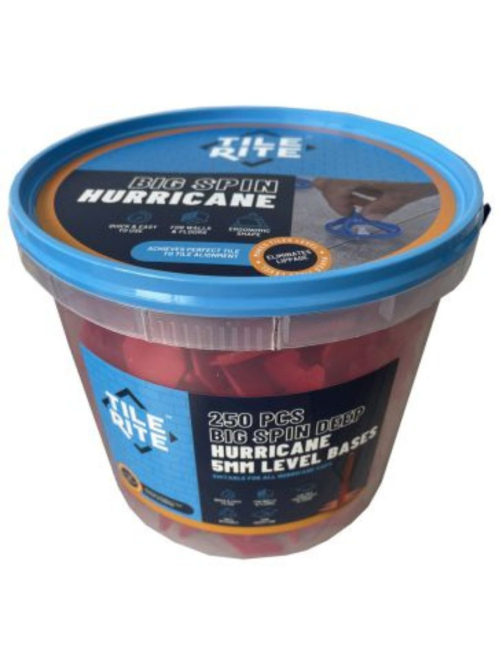Tile Spacers and Levelling Kits
Tile spacers are an important part of any tile project, whether that be for internal tiles or for outdoor porcelain pavers.
You can decide if you prefer a tighter 3mm joint gap or upto 10mm joint if you prefer the wider grout appearance.
Speak to a member of our friendly sales team today on 01482 688008 or Email sales@meltonstone.co.uk
Tile Spacers and Levelling Kits
What is the most popular joint width for pavers?
The most popular joint width for pavers can vary depending on several factors, including personal preference, the type and size of the pavers, and the intended use of the paved area. However, a common joint width range for pavers is between 3-10mm (0.12-0.4 inches).
Here are a few considerations regarding joint width for pavers:
1. Aesthetics: The joint width you choose can have a significant impact on the overall visual appearance of the paved area. A narrower joint width can create a more seamless and uniform look, while a wider joint width can provide a more defined and pronounced pattern. Consider the style and design aesthetic you desire for your paved area.
2. Functionality and durability: The joint width can influence the functionality and durability of the paving installation. A wider joint width can provide better interlocking and stability between the pavers, particularly in areas with heavy foot traffic or vehicular loads. It can also accommodate minor size variations in the pavers and allow for natural expansion and contraction.
3. Maintenance: The joint width can affect the ease of maintenance and potential issues such as weed growth and debris accumulation. Wider joints may be easier to clean and maintain, as they provide more space for cleaning tools and allow better access for removing dirt or debris. Narrower joints may require more frequent maintenance to prevent weed growth or the buildup of debris.
4. Manufacturer recommendations: It's important to check the manufacturer's recommendations or guidelines for the specific pavers you are using. They may provide suggestions for the optimal joint width based on the size, shape, and characteristics of the pavers to ensure proper installation and performance.
Ultimately, the choice of joint width depends on your personal preference, the intended function of the paved area, and the specific characteristics of the pavers. It's a good idea to consult with professionals, such as landscape designers, installers, or suppliers, who can provide guidance based on their expertise and knowledge of the specific pavers you are using.
How deep does my mortar bed need to be for paving slabs?
The depth of the mortar bed for paving slabs can vary depending on several factors, including the type of paving slabs, the intended use of the paved area, and local building codes or guidelines. However, a general guideline is to aim for a mortar bed thickness of approximately 20-50mm (1-2 inches).
Here are a few considerations regarding the depth of the mortar bed:
1. Stability and load-bearing capacity: The depth of the mortar bed helps provide stability and support for the paving slabs. A thicker mortar bed can distribute the load more evenly and offer greater structural integrity. Thicker mortar beds are generally recommended for larger or heavier slabs, areas with high foot traffic, or if the ground underneath is not particularly stable.
2. Slopes and gradients: If your paved area includes slopes or gradients, it is important to adjust the depth of the mortar bed accordingly. The steeper the slope, the thicker the mortar bed should be to provide adequate support and prevent slippage or movement of the slabs.
3. Bedding method: The depth of the mortar bed can also depend on the bedding method used. For a full mortar bed, where the entire underside of the slab is covered with mortar, a thicker bed is typically required. Alternatively, for a spot or dot and dab method, where mortar is applied in small patches or spots, a thinner mortar bed may be sufficient.
It's important to note that these are general guidelines, and it is always recommended to consult with local building codes or guidelines and follow the manufacturer's recommendations for the specific paving slabs you are using. Additionally, the ground preparation, such as the presence of a suitable sub-base or compacted aggregate, is crucial to the overall stability and longevity of the paved area. Proper ground preparation can help ensure that the mortar bed is adequately supported and prevents sinking or uneven settlement of the slabs.
Consulting with a professional or experienced installer can provide further guidance specific to your project and help ensure a successful and durable installation of your paving slabs.
Are porcelain paving levelling kits good?
Porcelain paving levelling kits can be beneficial for achieving a more even and level installation of porcelain paving. These kits typically include levelling clips, wedges, and a specialized tool. Here are some advantages of using levelling kits for porcelain paving:
1. Levelling accuracy: The levelling clips and wedges help ensure that the porcelain pavers are installed at the same height, resulting in a more level surface. This can be especially useful when working with larger format tiles or when creating a seamless and uniform appearance across the paved area.
2. Minimizes lippage: Lippage refers to the height variation between adjacent tiles. Using levelling kits can significantly reduce lippage, creating a smoother and safer surface. This is particularly important for outdoor areas where trip hazards should be minimized.
3. Time and labour savings: Levelling kits can streamline the installation process, making it quicker and more efficient. By eliminating the need for excessive adjustments and levelling during the installation, levelling kits can save time and reduce labour costs.
4. Enhanced aesthetics: Achieving a level installation with consistent joint widths can enhance the overall appearance of the porcelain paving. It creates a visually pleasing and professional finish, enhancing the value and appeal of your outdoor space.
However, it's important to consider a few factors when using levelling kits for porcelain paving:
1. Tile thickness: Ensure that the levelling kit is compatible with the thickness of your porcelain pavers. Different kits are designed for specific tile thicknesses, so check the manufacturer's specifications to ensure a proper fit.
2. Tile size and layout: Larger tiles or irregularly shaped tiles may require additional care and attention during installation. Some levelling kits may have limitations in terms of the tile sizes they can accommodate. Be sure to review the manufacturer's recommendations and guidelines to determine if the levelling kit is suitable for your specific porcelain pavers.
3. Skill and experience: While levelling kits can simplify the levelling process, they still require some skill and experience to use effectively. Familiarize yourself with the instructions and techniques provided by the levelling kit manufacturer to ensure proper application.
In summary, levelling kits can be a useful tool for achieving a level and professional-looking installation of porcelain paving. They can save time, minimize lippage, and enhance the overall aesthetics of your outdoor space. Consider the specific needs of your project and consult with professionals or experienced installers for guidance on selecting and using the most appropriate levelling kit for your porcelain paving.
Can I butt up my paving slabs with no gap?
While it is possible to butt up paving slabs with no gap between them, it is generally not recommended. Leaving a small gap or joint between the slabs provides several benefits and helps ensure the long-term stability and durability of the paved area. Here's why:
1. Prevents damage from expansion and contraction: Outdoor paving slabs are subject to changes in temperature and moisture levels, which can cause them to expand and contract. If the slabs are tightly butted together without any gap, this movement can lead to cracking, chipping, or displacement of the slabs over time. By allowing for a small gap, you provide room for the slabs to naturally expand and contract without causing damage.
2. Facilitates drainage: A small gap between paving slabs allows water to drain away efficiently. Without proper drainage, water can pool on the surface, leading to issues such as staining, algae growth, and potentially compromising the structural integrity of the installation. The gaps between the slabs provide an escape route for water, preventing these problems.
3. Accommodates jointing materials: Leaving a gap between paving slabs allows for the use of jointing materials such as sand, gravel, or mortar. These materials are often used to fill the gaps and provide stability, preventing movement and improving the overall strength of the paved area. Jointing materials can also help inhibit weed growth and enhance the aesthetic appearance of the installation.
4. Provides room for adjustment: A small gap between paving slabs gives you the flexibility to make adjustments if necessary. If a slab becomes damaged or needs to be replaced in the future, having a gap allows for easier removal and replacement without disturbing the surrounding slabs.
It's important to note that the appropriate size of the gap or joint will depend on various factors, including the type and size of the paving slabs, the specific installation method, and the recommendations of the manufacturer or installer. Consult with a professional or follow the manufacturer's guidelines for the recommended gap size for your specific paving slabs.
By allowing for a small gap between the paving slabs, you can help ensure a more stable, long-lasting, and visually appealing installation.
Do I need to use tile spacers when laying porcelain paving?
When laying porcelain paving, using tile spacers is generally recommended to ensure consistent and even spacing between the tiles. Tile spacers are small plastic or rubber devices that are inserted between tiles during installation to maintain uniform grout joints. Here are a few reasons why using tile spacers is beneficial:
1. Alignment: Tile spacers help ensure that the porcelain tiles are properly aligned and spaced, resulting in a visually pleasing and professional-looking installation. They help maintain consistent gaps between the tiles, which can enhance the overall aesthetics of the paved area.
2. Grout joint size: Tile spacers allow you to achieve consistent grout joint widths between the tiles. This is important not only for visual appeal but also for the structural integrity of the installation. Grout joints help accommodate minor size variations in the tiles, prevent chipping or cracking due to friction, and allow for expansion and contraction.
3. Ease of grout application: Using tile spacers makes the grouting process more manageable. The consistent spacing they create makes it easier to apply grout evenly and efficiently, ensuring proper coverage and minimizing the risk of air pockets or voids.
4. Time efficiency: By using tile spacers, you can work more efficiently during the installation process. Spacers help maintain a uniform gap, allowing you to quickly and accurately lay the tiles, saving time and effort.
It's worth noting that the size of the tile spacers will depend on the specific design and desired grout joint width. Consult the manufacturer's recommendations or consult with a professional to determine the appropriate spacer size for your specific porcelain paving tiles.
Remember to remove the tile spacers before grouting and follow the manufacturer's instructions for grouting and sealing the porcelain paving to ensure a successful and long-lasting installation.





